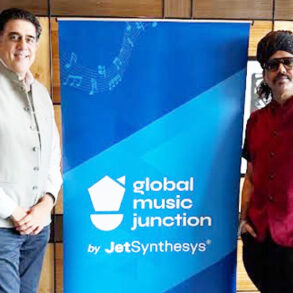One dreary morning last winter, deep in the Cotswolds countryside of southwestern England, the jeweler William Welstead’s daily dog walk was enlivened by a foot-tall three-dimensional head that had been fashioned from the local mud and was sitting atop a fence post.
With limestone shards for ears, the gleefully grotesque version of central African traditional sculpture was the first of a pair created by his neighbor, the artist Jake Chapman, and left there to raise a smile. “I particularly enjoyed its slow deterioration from the weather,” Mr. Welstead recalled during a recent video interview with Mr. Chapman from the artist’s studio.
At first glance, the two make unlikely friends. And perhaps even more unlikely collaborators on a capsule jewelry collection of dinosaur pendants, called “Explaining Christians to Dinosaurs,” to be introduced next month at Dover Street Market in London.
Mr. Welstead, who established his namesake brand in 1998, is known for his gemstone rings whose minimalist settings put the focus on his latest discovery, whether it be an antique rose-cut diamond or a rare star sapphire. (Dover Street Market in London has stocked Mr. Welstead’s core collection since 2009. “He is one of only a handful of jewelers whose work combines a rarefied and timeless elegance, and yet is somehow entirely contemporary at the same time,” Dickon Bowden, the vice president of Dover Street Market International, wrote in an email.)

Mr. Chapman is one half of the former artist duo called the Chapman Brothers. With his brother, Dinos, they found fame in the 1990s for their dark, provocative work and were part of a loosely affiliated group that came to be known as the Young British Artists. In 2003, the Chapmans were nominated for the Turner Prize, the prestigious annual award presented by the Tate museum group.
This post was originally published on this site be sure to check out more of their content





